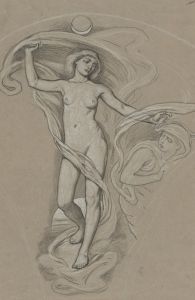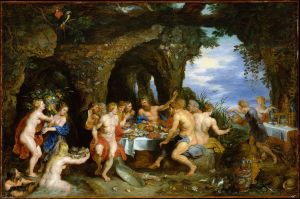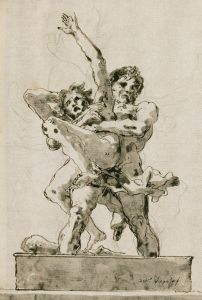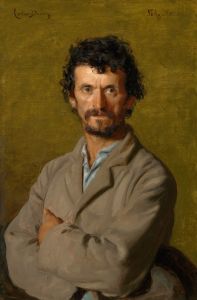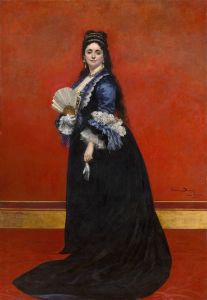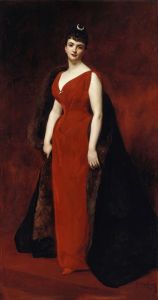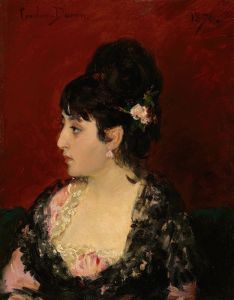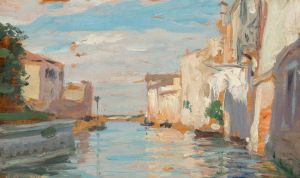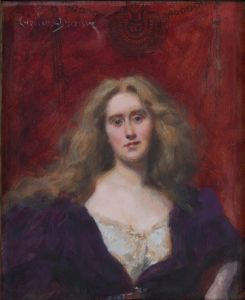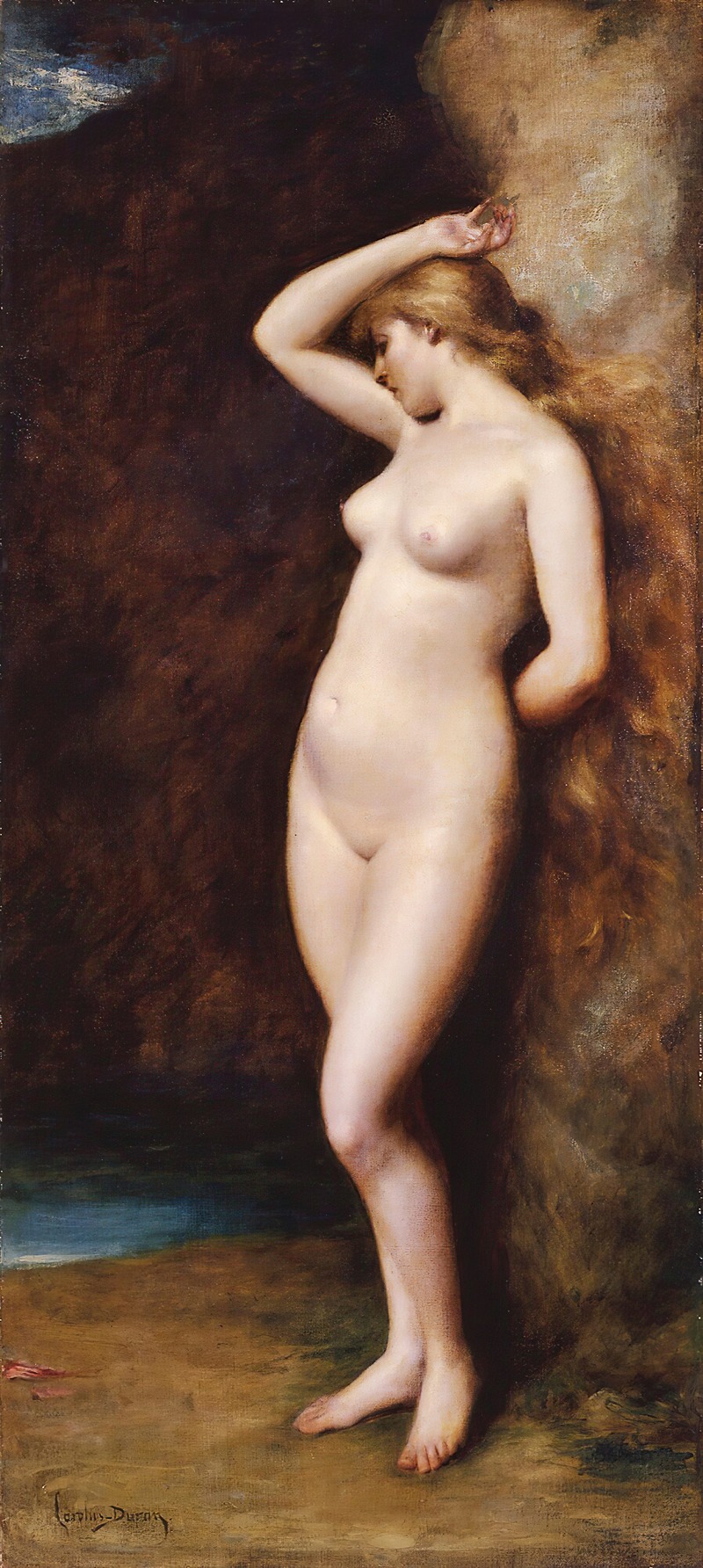
Andromède
A hand-painted replica of Carolus-Duran’s masterpiece Andromède, meticulously crafted by professional artists to capture the true essence of the original. Each piece is created with museum-quality canvas and rare mineral pigments, carefully painted by experienced artists with delicate brushstrokes and rich, layered colors to perfectly recreate the texture of the original artwork. Unlike machine-printed reproductions, this hand-painted version brings the painting to life, infused with the artist’s emotions and skill in every stroke. Whether for personal collection or home decoration, it instantly elevates the artistic atmosphere of any space.
Andromède is a painting created by the French artist Charles Auguste Émile Durand, commonly known as Carolus-Duran. The artwork, which depicts the mythological figure Andromeda, is an example of the artist's skill in portraiture and his interest in classical themes. Carolus-Duran, born in 1837 and active during the late 19th century, was renowned for his ability to capture the human form with a sense of realism and vitality, often blending traditional academic techniques with a more modern, expressive style.
The painting portrays Andromeda, a character from Greek mythology, who was famously chained to a rock as a sacrifice to a sea monster before being rescued by the hero Perseus. In this work, Carolus-Duran focuses on the figure of Andromeda herself, emphasizing her vulnerability and beauty. The artist's use of light and shadow highlights the contours of her form, while the soft, flowing textures of the fabric and background create a sense of movement and drama. The composition reflects the influence of both classical art and the Romantic movement, which often sought to evoke strong emotional responses through depictions of mythological and historical subjects.
Andromède is notable for its technical execution, particularly in the rendering of skin tones and the interplay of light on the figure. Carolus-Duran was known for his mastery of oil painting, and this work exemplifies his ability to create lifelike textures and a sense of depth. The painting also demonstrates his interest in the human figure as a central subject, a hallmark of his broader body of work.
The exact date of the painting's creation is not definitively documented, but it is consistent with Carolus-Duran's active period as a painter, which spanned the mid to late 19th century. The artwork is sometimes discussed in the context of the artist's broader contributions to 19th-century French art, as well as his role as a teacher and mentor to other prominent artists, including John Singer Sargent.
As of now, the current location of Andromède is not widely documented in public records, and further details about its provenance or exhibition history remain limited. However, the painting continues to be recognized as an example of Carolus-Duran's ability to merge technical skill with evocative storytelling, contributing to his reputation as one of the leading portraitists of his time.







